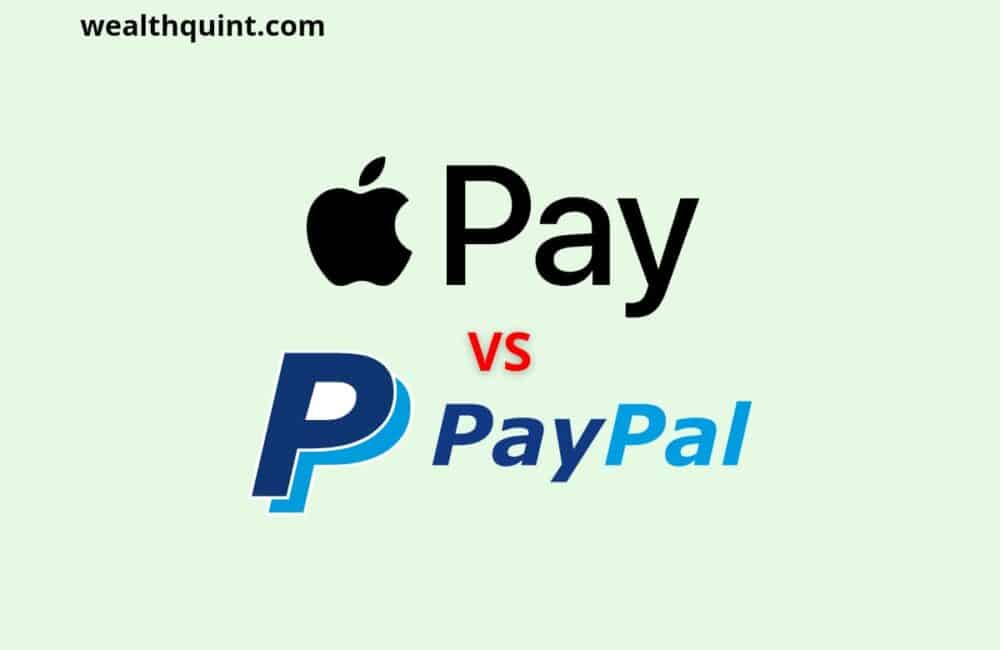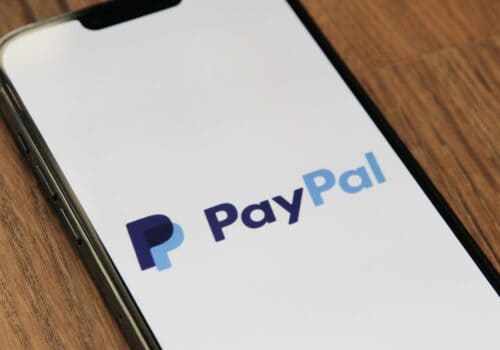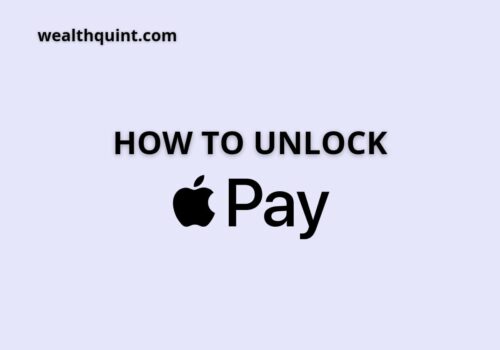Apple Pay and PayPal are two of the most popular digital payment solutions. Apple Pay is a mobile payment service from Apple Inc., which uses NFC (Near Field Communication) technology to allow users to transact by tapping their supported iPhones on an enabled Point of Sale (POS) terminal.
PayPal, on the other hand, is an online payment service provider that allows consumers to transact with merchants who accept PayPal as a mode of payment. Let’s understand the difference between Apple pay and PayPal with unique features.
1. Compatibility
Both Apple Pay and PayPal are available in most countries around the world including India. You can now use your iPhone or Apple Watch to pay in stores, within apps, and on the web when you add your card details to Wallet.
PayPal is available for Apple Watch, too. You can say that both the services are equally compatible with Apple devices.
2. User Experience
Both Apple Pay and PayPal support all iOS and Android smartphones and tablets, so you can make PayPal payments from any device.
In 2017, Apple Pay opened up to more online merchants with the option of using Touch ID support for logging into your account and making a purchase in an app or from a website.
Apple has also been focusing on improving the overall user experience of its mobile payment service by adding features such as getting rewards when you buy new items.
PayPal, on the other hand, has been focusing on becoming more than just a payment service and expanding into new areas such as cryptocurrencies and blockchain technology.
3. Supported Banks & Cards Withdrawal Limits
While both Apple Pay and PayPal are available in most countries around the world, there are no international withdrawal limits imposed on any of the two payment services.
4. Fees & Charges
For international payments, PayPal charges 3.9% of the transaction amount plus a fixed fee of 30 INR for every transaction.
Apple Pay, on the other hand, has no additional fees for making international transactions. Depending upon the card association you have used to add your card to Apple Wallet, more small fees may be applicable.
5. Security & Privacy
Apple Pay offers a secure payment method by storing your card details in a dedicated chip called the Secure Element.
The secure element is never shared with the merchant or stored on Apple’s servers, keeping your transaction information private. When you make a purchase using Apple Pay, you are required to authenticate the transaction using your fingerprint on the compatible device.
Apple Pay only works if your iPhone is locked with a passcode or Touch ID, preventing any unauthorized payments to be made when you’re not around.
PayPal offers multiple layers of security that ensure the safety of all transactions performed through its service by keeping sensitive information private and storing it on its own servers. PayPal also offers two-factor authentication for extra security.
6. Supported Platforms
When it comes to international platforms, both Apple Pay and PayPal support the Windows Phone mobile operating system in addition to iOS and Android platforms. There is also an official PayPal app for BlackBerry OS.
7. Supported Countries
When it comes to international regions, both Apple Pay and PayPal are available throughout the world.
Check out the list of countries where you can use each service by clicking on the links below. While there are still some exceptions, a large number of countries support both services.
8. Supported Cards & Currencies
As previously mentioned, neither Apple Pay nor PayPal has any restrictions on the supported cards or currencies.
While Apple Pay is not available in international markets like India, PayPal users can benefit from that service’s extensive payment options. You can find the full list of supported cards and currencies by clicking on the links below.
Both Apple Pay and Paypal are safer. However, we cannot say it is safer than PayPal. Both Apple Pay and Paypal have their own features and security systems. However, PayPal is much more convenient.



